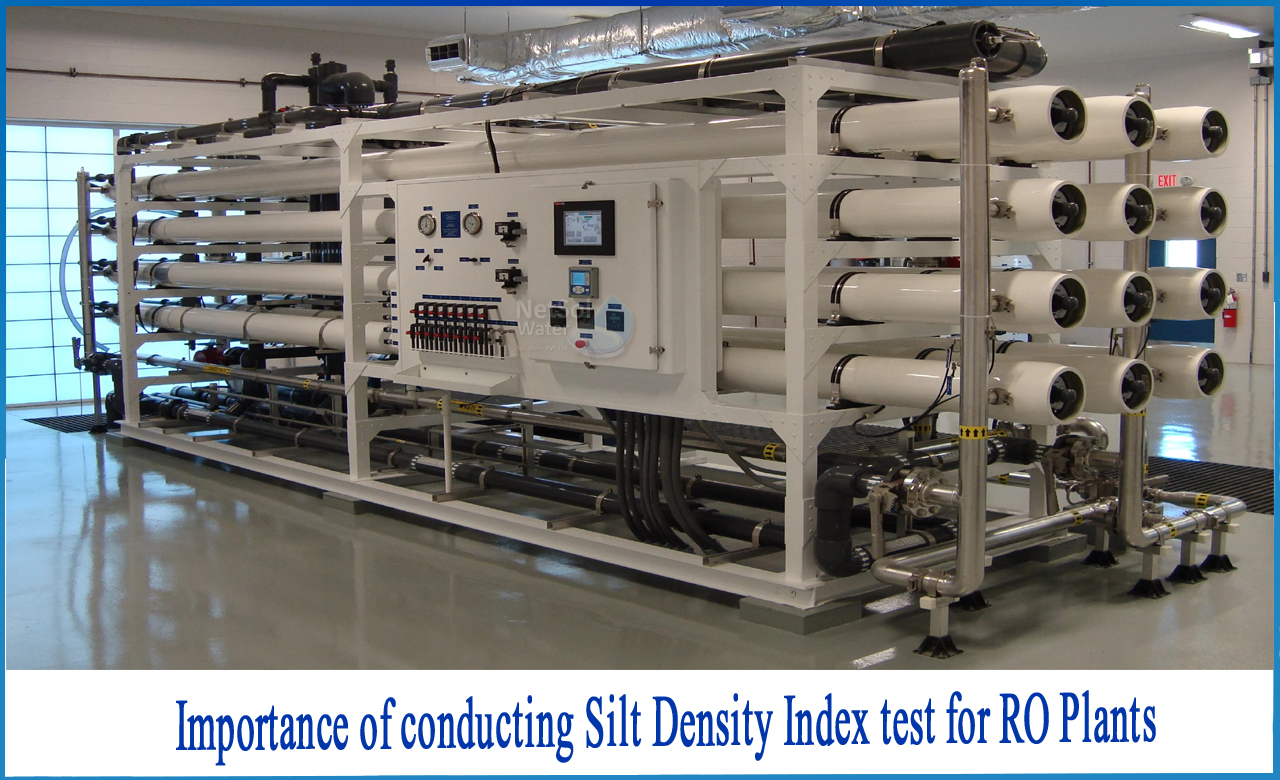Cause of Fouling in RO Membranes
Membrane fouling is the primary cause of permeate flux drop and product quality loss in reverse osmosis (RO) systems, hence fouling control is central to RO system design and operation. Scale, silt (specific), bacteria (bio fouling, bacterial proliferation), and organic fouling are the four major sources of fouling.
Control of Fouling
Fouling control entails pre-treatment of the feed water to reduce fouling as well as regular cleaning to deal with residual fouling. Particulate (silt), bacterial, and organic fouling often has the greatest impact on the plant's early modules. Since scaling is worse with more concentrated feed solutions, the final modules in the plant are the most affected because they are exposed to the most concentrated feed water.
As a result, monitoring the amount of semi-colloidal suspended particles in the feedwater to RO systems is crucial. The Silt Density Index (SDI) test can approximate (but not quantify) the level by analysing the blockage rate of a 0.45-micron filter pad under controlled pressure conditions.
What is the Importance of conducting SDI test for RO plants?
DuPont invented this test, and there are various variations that use different test times of 5, 10, and 15 minutes. The 15-minute test, which is the most sensitive, is always used to test feedwater quality into a RO/NF system.
The SDI test yields a computed number between 0 and 6, with 0 indicating good and 6 indicating very high fouling propensity.
To show control of colloidal and particle fouling, most membrane manufacturers need a feed SDI of less than 3.0. SDI values more than 3.0 suggest that occasional cleaning will be required, whereas values greater than 5.0 indicate rapid fouling and frequent cleaning.
Importance and conditions of SDI test
1: The silt density index (SDI) of water is determined. The test method can be used to determine the amount of particulate matter in water and is appropriate to waters with relatively low turbidity (1.0 NTU), such as well water, filtered water, or cleared effluent samples. Because the size, shape, and form of particulate matter in water might fluctuate, this test method cannot provide an absolute assessment of particulate matter quantity.
2: This test method is ineffective for reagent grade water Types I, II, and III.
3: This standard does not claim to resolve all, if any, safety risks related to its use. Prior to usage, it is the user's obligation to establish proper safety and health procedures and determine the application of regulatory constraints.
Conclusion
The raw water entering the RO plant should be subjected to an SDI test once per day, and the findings should be documented in the operator's daily log.
Having doubts regarding the RO Plants!
If yes, then you are at the right place. Here you will get the technician’s advice. Our technicians are well trained regarding all the movements and working of treatment plants.
Netsol Water is a renowned producer of water and wastewater treatment plants. We have a reputation for being the top commercial RO plant manufacturer, industrial RO plant manufacturer, sewage treatment plant manufacturer, effluent treatment plant manufacturer, and much more. Aside from that, our USP is 24x7 customer assistance.
For further inquiry, or product-purchase-related questions, give us a call on +91-9650608473 or email at enquiry@netsolwater.com.



